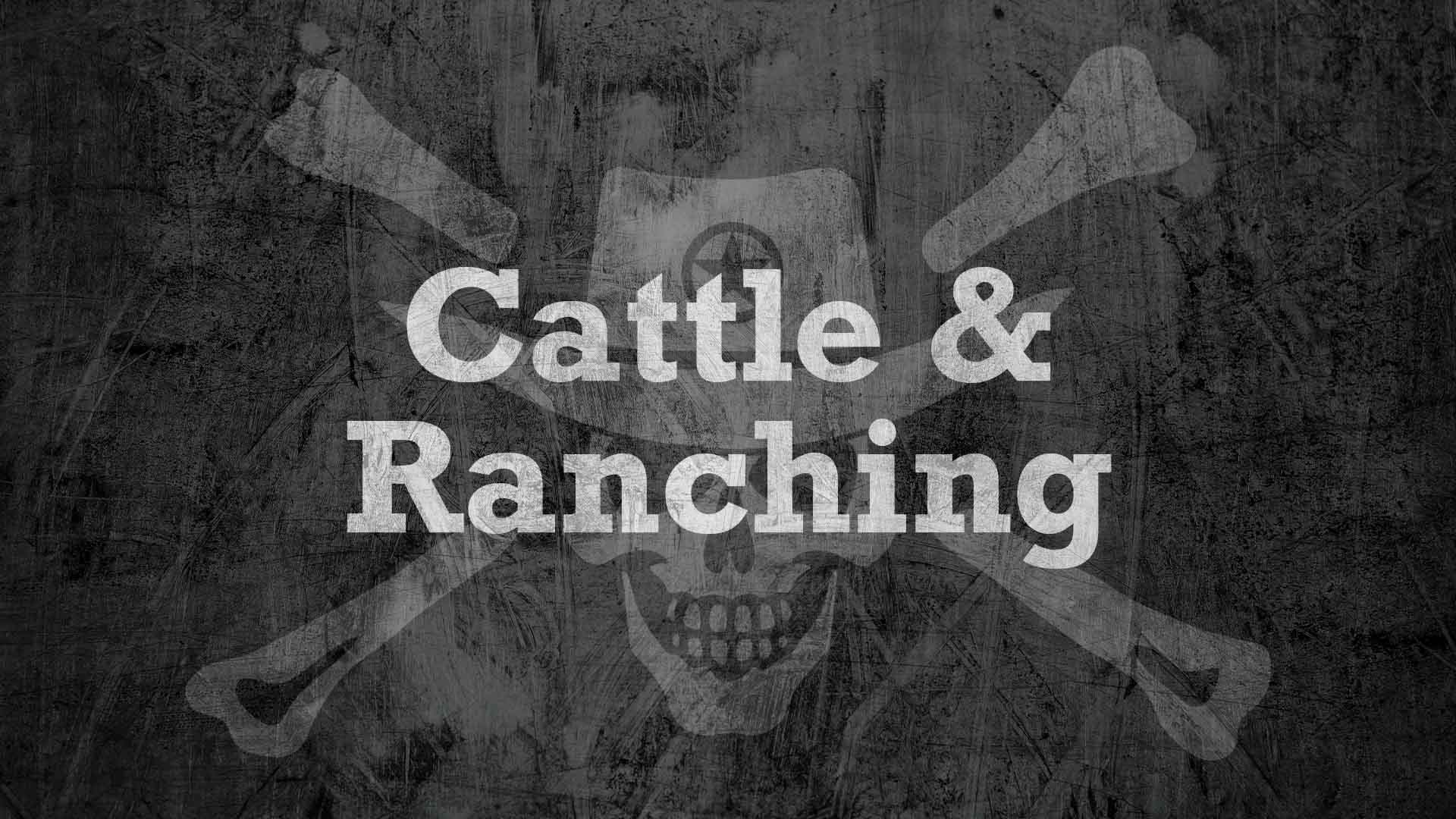The Legacy of Cattle and Ranching in Texas: From the 1800s Onward
The Early Days: The Republic of Texas and Cattle Ranching
When Texas declared independence from Mexico in 1836, it opened the door for settlers to claim vast stretches of land perfect for cattle grazing. Early ranchers inherited traditions from the Spanish vaqueros, adapting their techniques to the unique challenges of the Texas landscape. The Texas Longhorn emerged during this period as an iconic breed, known for its resilience and ability to thrive on sparse forage.
The ranching culture started to take root, especially in Central and South Texas. Small family operations began growing into larger enterprises as settlers realized the potential of Texas’s open grasslands. With statehood in 1845 and westward expansion gaining momentum, cattle ranching quickly became a cornerstone of the Texas economy.
The Rise of the Cattle Drives
The period following the Civil War saw Texas cattle ranching reach new heights. Northern cities had a growing demand for beef, and Texas, with its abundance of cattle, was perfectly positioned to meet that need. The challenge was transportation. Railroads had not yet reached the heart of Texas, so ranchers had to drive their herds north to railheads in Kansas and beyond.
Cattle drives became a hallmark of Texas ranching in the 1860s and 1870s. Cowboys, often romanticized in pop culture, led herds across vast distances. These drives required months of grueling work and were fraught with challenges: extreme weather, river crossings, and the constant threat of rustlers.
Famous Cattle Trails in Texas
- The Chisholm Trail: Carried cattle from Texas to Kansas railheads.
- The Great Western Trail: A major route for moving cattle further west.
- The Shawnee Trail: An earlier trail connecting Texas ranchers to buyers.
- The Goodnight-Loving Trail: Pioneered by Charles Goodnight and Oliver Loving.
Life on the Trail
Life on a cattle drive was far from glamorous. Cowboys typically spent 12 to 16 hours in the saddle, guiding herds of up to 3,000 cattle. The trail boss was the leader, responsible for planning routes and keeping the crew in line, while cooks prepared meals and wranglers managed spare horses. The work was tough, but for many, it represented freedom and opportunity.
Despite the romantic image of the cowboy, cattle drives were dangerous. Herds could stampede at the slightest provocation, and crossing rivers posed significant risks. Cowboys also had to contend with bandits and harsh weather. Yet these challenges only solidified the enduring legacy of the Texas cowboy.
The End of the Open Range
By the 1880s, the era of the open range was coming to an end. Several factors contributed to this shift. The invention of barbed wire in 1874 revolutionized ranching, allowing landowners to fence off their property and control grazing. This development eliminated the need for long cattle drives but also led to conflicts known as range wars between small farmers and large ranchers.
The expansion of railroads into Texas further diminished the need for trails. Rail hubs allowed cattle to be transported directly from ranches to markets, streamlining operations and reducing the time and cost of moving herds. While this marked the end of an iconic era, it also ushered in new opportunities for ranching.
The Rise of Legendary Ranches
As the open range faded, large-scale ranches began to dominate the Texas landscape. These ranches not only adapted to changing times but also set new standards for the cattle industry.
The King Ranch, established in 1853, became a symbol of innovation and success. Spanning over 800,000 acres, it pioneered cattle breeding techniques and contributed to the development of the Santa Gertrudis breed. Similarly, the 6666 Ranch, founded in the late 19th century, became synonymous with quality livestock and a commitment to ranching traditions.
Modern Ranching in Texas
Today, Texas is the top cattle-producing state in the United States, a testament to the resilience and innovation of its ranchers. Advances in technology, such as GPS tracking, water conservation systems, and sustainable grazing practices, have transformed the industry.
Ranchers now face new challenges, including climate change, urbanization, and competition from alternative proteins. However, the spirit of adaptation that defined the 19th century continues to guide the industry forward. Texas beef remains a global commodity, feeding millions and supporting thousands of jobs.
Conclusion: A Legacy That Lives On
Cattle and ranching are inseparable from Texas’s identity. From the early days of the Republic to the bustling ranches of today, this industry has shaped the state’s history and culture in profound ways. The challenges of the past were met with determination and ingenuity, creating a legacy that continues to inspire.
Whether you’re exploring historic trails, visiting legendary ranches, or simply enjoying a Texas barbecue, you’re participating in a tradition that embodies the spirit of the Lone Star State.





